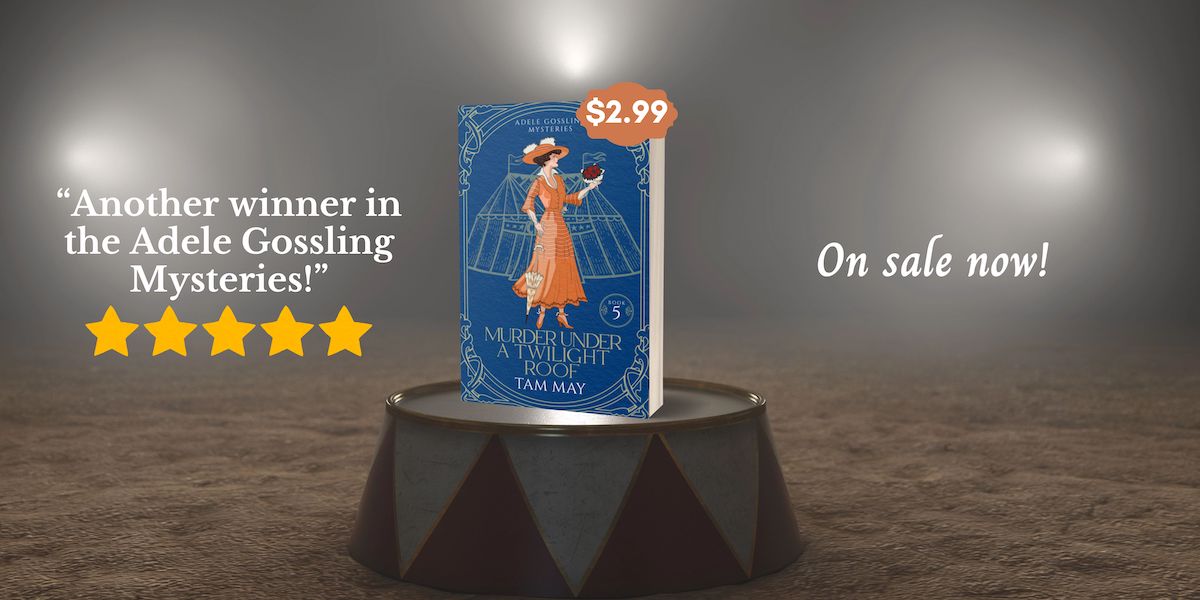Last month, I posted a tribute to World War I veterans. The war made people realize death can come too easily in the 20th century. However, not all deaths in 1914 took place on the battlefield. Some, in fact, happened in the backwoods of America and were just as shocking as those happening in Europe.
Book 2 of the Adele Gossling Mysteries is about the death of a schoolteacher. During my research, I stumbled upon the case of Lida Beecher which both horrified and intrigued me. I wasn’t the only one. Residents of Herkimer County, New York where the murder took place were so devastated by the crime that a history of the area written in the 1970s completely excludes any mention of it.
The story involves many complex players. To begin, the victim is Lida Beecher, a young and lovely schoolteacher whose eagerness to help her students usurped her experience in dealing with the troubled ones. Then there is the perpetrator: Jean Gianini, a sixteen-year-old from a very unstable family environment that included alcoholism, mental disabilities, and physical abuse. Gianini lured Beecher into the woods, hit her with a monkey wrench, and then stabbed her to death, hiding her body in the brush.
The case exemplifies the limitations of education and medicine in the early 20th century. Schools at this time, especially in rural towns, were a one-room affair (think: Little House on the Prairie). Students of all ages attended and the teacher had to accommodate different learning levels, from the six-year-olds to the fifteen and sixteen-year-olds. Teachers were then, as they are now, grossly underpaid and they were also undertrained, especially in dealing with special needs children or children with disabilities.

Photo Credit: Herkimer County Courthouse where the trail of Lida Beecher’s murder took place, Herkimer, NY, 19 September 2009, taken by Doug Kerr: Pubdog/Wikimedia Commons/ CC BY SA 2.0
All the sources on the case agree Gianini was both intellectually and mentally below average. During the trial, he went through several intelligence tests, including the Binet Test, which was used at the time to assess the mental age of children, and he was found to have the intellectual capacity of a ten-year-old even though he was sixteen. He also showed signs of mental disabilities. Some have said if Gianini were examined today, he would probably be diagnosed on the autism spectrum. Accounts of his time at school clearly showed neither his teachers nor the principal were equipped to understand or help him. Beecher tried but when he misbehaved, she called in the principal, who resorted to the same kind of humiliation and violence Gianini experienced at home. This set off feelings of resentment in Gianini and vows of revenge and, indeed, he gave his reason for killing Beecher as vengeance.
The case set the precedence for the insanity plea, which became almost overused in the early 20th century. The defense was able to convince a jury that Gianini didn’t know what he was doing and get him committed to an institution rather than suffer the death penalty.
Teachers don’t fare well in Book 2 of my Adele Gossling Mysteries, A Wordless Death, either. The book is part of my 3-book box set, which includes Book 1 (The Carnation Murder) and Book 3 (Death at Will) is on preorder right now. So to get 3 books at a great price, check out this link.

